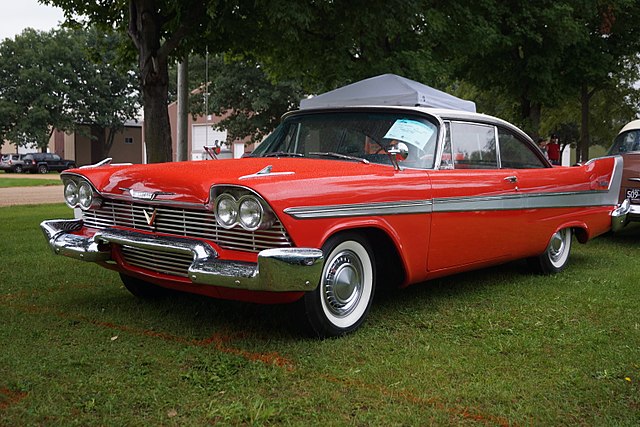
The Plymouth Belvedere, a car that epitomized the post-war American automotive industry, was produced between 1954 and 1961. This full-size series not only showcased Plymouth’s commitment to innovation and design but also captured the hearts of car enthusiasts.
Over its eight-year production span, the Belvedere evolved significantly, reflecting the technological advancements and stylistic trends of the era.
Early Years: 1954-1955
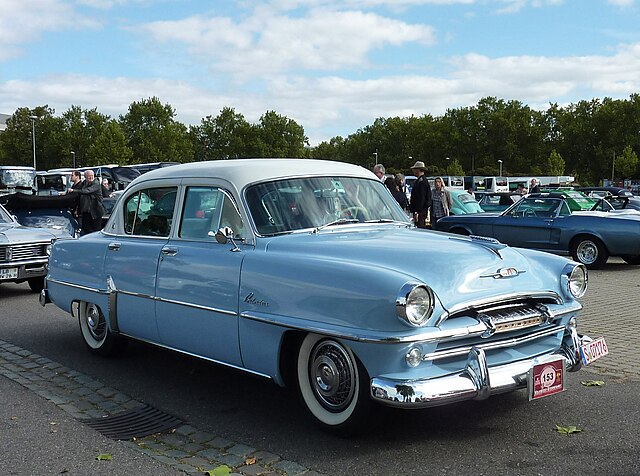
1954: The Inception
The Plymouth Belvedere was introduced as a high-end sub-series of the Cranbrook line in 1951 but became its own model line by 1954. This year marked the beginning of the Belvedere’s journey as a standalone model, boasting a distinctive design and enhanced features. The 1954 Belvedere was available in several body styles, including two-door hardtops, four-door sedans, and station wagons, catering to a wide range of customers.
Design and Features
The 1954 Belvedere featured a clean and modern design with a prominent grille, chrome accents, and a sleek silhouette. It was powered by a 230.2 cubic inch inline-six engine, delivering 110 horsepower. This engine was paired with either a three-speed manual transmission or the optional “Hy-Drive” semi-automatic transmission, offering a smoother driving experience.
1955: A Bold New Look
In 1955, the Belvedere underwent a significant redesign, aligning with the industry’s shift towards more flamboyant and futuristic styles. The new model featured tailfins, a trend that was gaining popularity, and a more pronounced use of chrome. The 1955 Belvedere was a hit, offering enhanced performance with the introduction of the 260 cubic inch “PowerFlow” V8 engine, producing 167 horsepower.
Mid-Century Marvel: 1956-1958
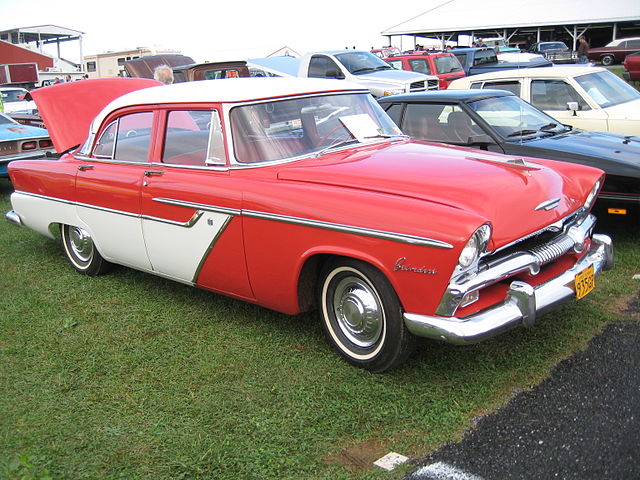
1956: Continuing the Legacy
The 1956 Plymouth Belvedere continued the trend of bold styling and powerful performance. Minor design tweaks included a revised grille and more pronounced tailfins. The powertrain options were expanded, with the introduction of the 277 cubic inch V8 engine, capable of producing 187 horsepower. This year also saw the introduction of the push-button “PowerFlite” automatic transmission, a futuristic feature that set the Belvedere apart from its competitors.
1957: A Year of Transformation
The 1957 Belvedere is often considered a pinnacle of Plymouth design. Virgil Exner, the head of Chrysler’s design team, introduced the “Forward Look” design, which gave the Belvedere a sleek, aerodynamic appearance with dramatic tailfins and a lower profile. This model year also saw the introduction of the 318 cubic inch V8 engine, producing 290 horsepower, making it one of the most powerful engines available at the time.
1958: Maintaining Excellence
In 1958, Plymouth continued to build on the success of the previous year with only minor changes to the Belvedere’s design. The most notable update was the addition of quad headlights, which were becoming an industry standard. The powertrain options remained robust, with the 318 cubic inch V8 still being a popular choice among buyers.
Additionally, Plymouth introduced the “Golden Commando” 350 cubic inch V8 engine, offering up to 305 horsepower for those seeking even more performance.
The Peak and Beyond: 1959-1961
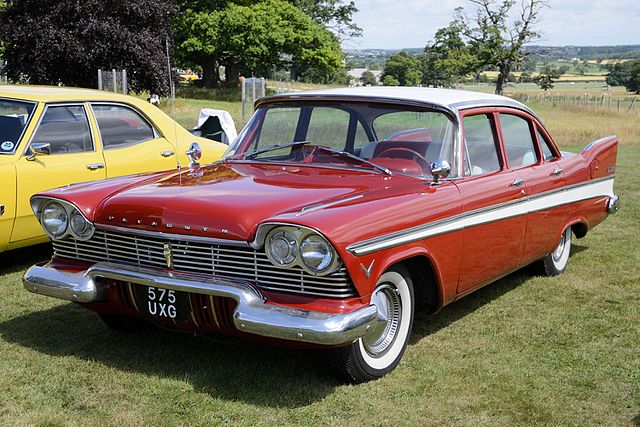
1959: Subtle Refinements
The 1959 Belvedere received subtle design updates, including a new grille and slightly modified tailfins. These changes were aimed at keeping the model fresh and competitive in a rapidly evolving market. Under the hood, the engine options remained largely the same, with the 318 and 350 cubic inch V8 engines continuing to be popular choices.
1960: A New Decade
Entering the 1960s, the Belvedere’s design was further refined to reflect the changing tastes of the new decade. The 1960 model featured a more squared-off look, with a new grille design and less prominent tailfins. This year also saw the introduction of the “Sonoramic Commando” engine, a 383 cubic inch V8 with dual four-barrel carburetors, capable of producing 330 horsepower. This powerful engine made the Belvedere a force to be reckoned with on the streets.
1961: The Final Year
The 1961 Plymouth Belvedere marked the end of an era. This final model year saw a complete redesign, featuring a controversial new look with canted headlights and a more boxy appearance.
Despite the mixed reactions to its styling, the 1961 Belvedere offered impressive performance options, including the high-performance 413 cubic inch “Max Wedge” V8 engine, capable of producing up to 375 horsepower. This engine solidified the Belvedere’s reputation as a high-performance vehicle.
Legacy and Impact
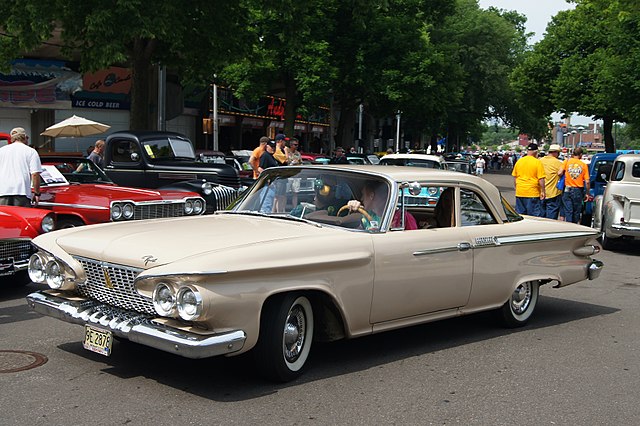
The Plymouth Belvedere full-size series (1954-1961) left an indelible mark on the automotive industry. It represented the post-war era’s spirit of innovation and optimism, with its bold designs and powerful performance. The Belvedere’s evolution over these eight years showcased Plymouth’s ability to adapt to changing trends and consumer preferences.
Cultural Significance
The Belvedere also holds a special place in American pop culture. It was featured in several movies and TV shows, often symbolizing the golden age of American automobiles. The 1958 Belvedere, in particular, gained fame as the titular car in Stephen King’s novel and the subsequent film adaptation, “Christine.”
Collectibility and Enthusiast Appeal
Today, the Plymouth Belvedere is highly sought after by classic car enthusiasts and collectors. Its distinctive design, coupled with its historical significance, makes it a prized possession. Well-maintained examples of the Belvedere, especially those with the more powerful V8 engines, can fetch high prices at classic car auctions.
Conclusion
The Plymouth Belvedere full-size series (1954-1961) stands as a testament to an era of bold automotive design and engineering. From its inception in 1954 to its final model year in 1961, the Belvedere showcased Plymouth’s dedication to innovation and performance. Whether remembered for its iconic tailfins, powerful engines, or cultural impact, the Belvedere remains a beloved classic, embodying the spirit of mid-20th-century American motoring.
